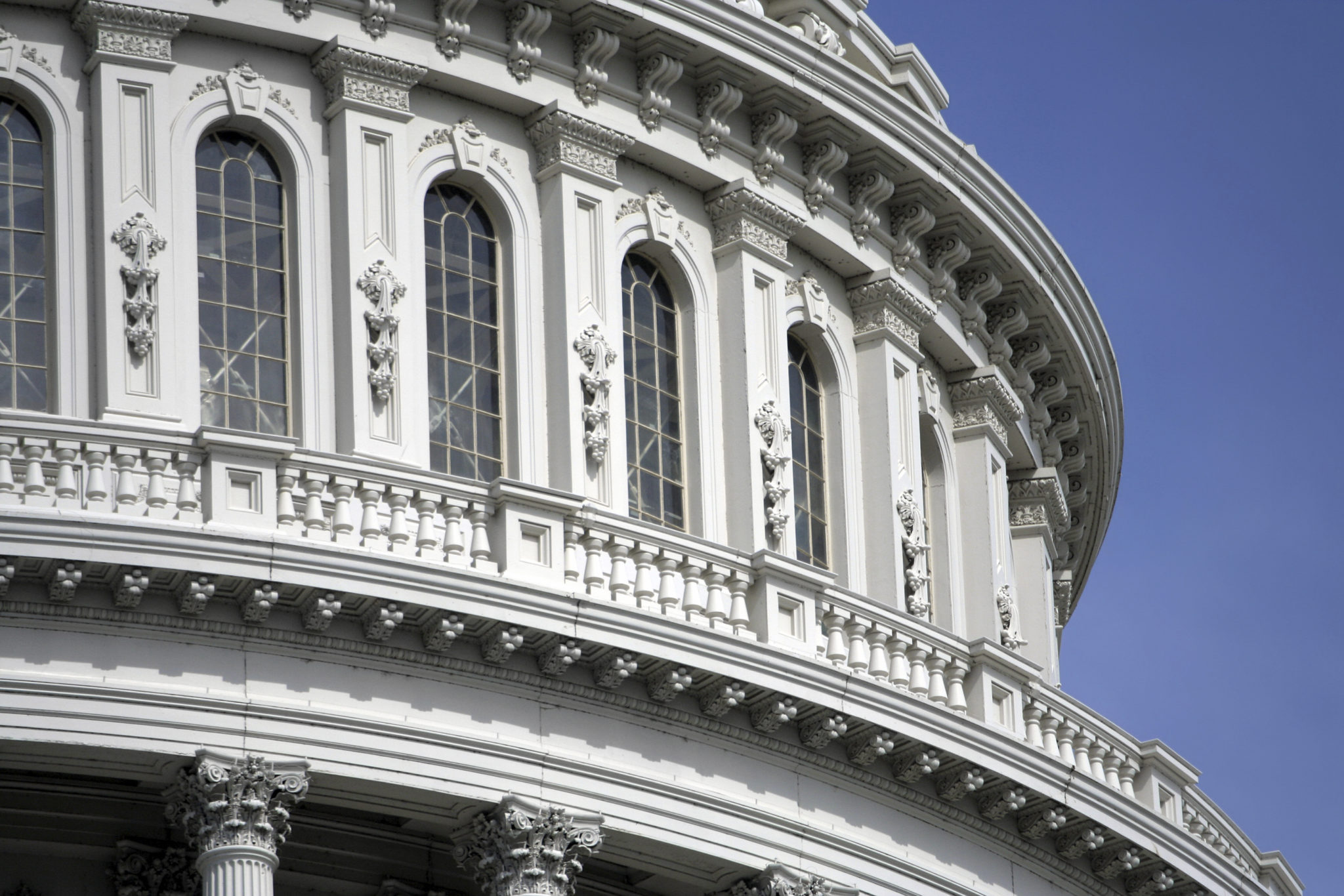
On October 27, 2017, CMS released its CY 2018 End-Stage Renal Disease Prospective Payment System, Payment for Renal Dialysis Services Furnished to Individuals with Acute Kidney Injury, and End-Stage Renal Disease Quality Incentive Program final rule. Applied Policy previously covered the proposed rule, and this rule largely finalizes the provisions in that proposed rule.
ESRD base payment rate finalized lower than proposed, but still higher than 2017
As noted in our summary of the proposed rule, CMS annually updates the base rate for renal dialysis services furnished to Medicare beneficiaries. This bundled prospective payment system (PPS) includes all services furnished for outpatient maintenance dialysis, including certain drugs. This rate can be adjusted up or down based on patient or facility characteristics and outlier payments for high-cost patients.
One of the factors used to calculate the base rate is an ESRD market basket intended to adjust the fee schedule based on relevant inflation. CMS uses the most recent market basket data to calculate the ESRD base rate, and due to a decrease between Q1 and Q3 2017 due to a decrease in the projected growth of biological product pricing.
After applying this new inflation factor, CMS is finalizing an ESRD base rate for CY 2018 of $232.17. This compares to both the 2017 rate and proposed 2018 rate as follows:
| CY 2017 ESRD PPS | CY 2018 ESRD PPS Proposed | CY 2018 ESRD PPS Final |
| $231.55 | $233.31 | $232.17 |
CMS is also finalizing the acute kidney injury (AKI) payment rate at $232.17, equal to the ESRD base rate.
Taken together, CMS estimates a 0.5 percent increase in ESRD payments in 2018, both overall and for freestanding ESRD facilities. Hospital-based ESRD facilities will see a 0.7 percent increase. This will increase aggregate ESRD expenditures by approximately $60 million from 2017, less than the $100 million estimated in the proposed rule.
Comments received, but no action on AKI in quality program or social risk factors
The ESRD program includes a Quality Incentive Program (QIP) that includes a variety of performance measures on which ESRD facilities must report and reduces payments (by up to 2%) to those facilities that do not meet a minimum scoring threshold. CMS believes that the Trade Preferences Extension Act of 2015 provides them with statutory authority to include the AKI population in the QIP for the first time, and sought comment on how they could include AKI patients in the program. Although CMS received a number of comments, they are not taking further action at this time.
In addition, CMS requested comments on whether and how they could account for social risk factors in the QPP, including which risk factors are most appropriate for the program. Commenters had a number of suggestions which CMS stated that they will take into account in future proposals.
Still no mention of DMEPOS policy changes
For the past several years, CMS has generally consolidated changes to durable medical equipment, prosthetics, and orthotics policy in the ESRD rule, including changes to the DME competitive bidding program. This year, these changes were not included. An interim final rule currently under review at OMB seems to address at least some of these areas, and Applied Policy will address any changes in future blog posts.
If you have any questions about ESRD, DMEPOS, or any other health policy challenges faced by your organization, Applied Policy is ready to help. Please contact us at gpugh@appliedpolicy.com or 202-558-5272 and let us know how we can partner with you in improving the lives of the patients you serve.


